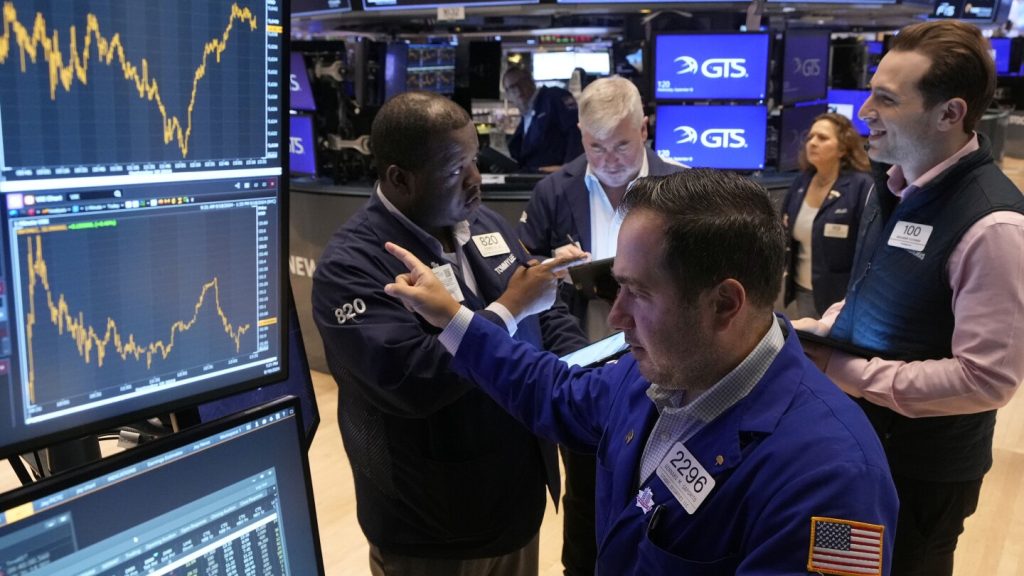Wall Street saw record-breaking gains on Thursday following the Federal Reserve’s cut to interest rates. The S&P 500 jumped 1.7% to surpass its previous high in July, the Dow Jones Industrial Average rose 1.3% to beat its own record set earlier in the week, and the Nasdaq composite surged by 2.5%. The rally was widespread, with companies like Darden Restaurants and Nvidia leading the way. Darden Restaurants reported improving sales trends and announced a delivery partnership with Uber, while Nvidia benefited from lower interest rates, which lowered concerns about overvaluation.
The global markets also experienced positive momentum after the Fed’s interest rate cut, marking a significant shift from the central bank’s previous approach of maintaining high interest rates to combat inflation. The Fed’s decision to lower rates was seen as a move to focus on supporting the job market and preventing a potential recession, rather than solely focusing on inflation. The markets reacted positively to the Fed’s decision, with reports indicating that the economy continued to show signs of stability despite challenges faced by the job market.
Wall Street initially responded with indifference to the interest rate cut, as it had been anticipated for some time. However, the market reversed its trend on Thursday, experiencing a significant jump in stock prices. Analysts suggested that investors may have been relieved by Fed Chair Jerome Powell’s remarks during the press conference, which indicated that the rate cut was part of a larger policy recalibration rather than an urgent measure to prevent a recession. The positive economic reports released on Thursday further boosted market confidence in the Fed’s ability to navigate the current economic challenges.
Lower interest rates provide a dual benefit to financial markets by making borrowing easier for households and businesses while also boosting investment prices across various asset classes. The surge in the price of Bitcoin to over $63,000 from $27,000 a year ago is one example of how lower rates can impact market prices. Investors are often advised to align their strategies with the Fed’s rate cuts, and Wall Street’s response to the current rate cut aligns with this principle. However, concerns remain about the potential impact of inflation and the upcoming U.S. presidential election on market stability.
The uncertainty surrounding inflation and the presidential election has raised concerns among investors about the future path of interest rates. Both political parties could advocate policies that increase government debt, leading to upward pressure on rates, regardless of the Fed’s actions. The unique economic conditions of this cycle present challenges for predicting market trends, with few historical analogs to guide decision-making. Experts suggest that the current situation may resemble past easing cycles, but with higher expectations for rate cuts and increased uncertainty.
In the bond market, the yield on the 10-year Treasury remained steady, while the two-year Treasury yield fell in response to expectations for Fed action. Stock markets globally also saw gains, with indexes rising in France, Japan, and Hong Kong. The Bank of England’s decision to hold interest rates steady contributed to the positive momentum in the markets, with the Bank of Japan’s upcoming decision on interest rates expected to have an impact on global financial markets. Overall, the reaction to the Fed’s interest rate cut signals a renewed sense of optimism in the markets, despite lingering concerns about inflation and geopolitical uncertainties.


